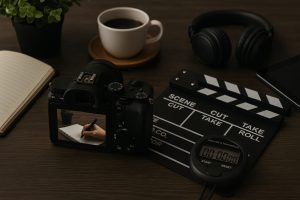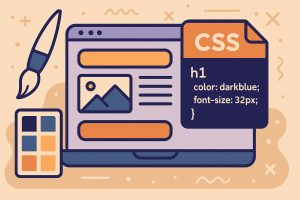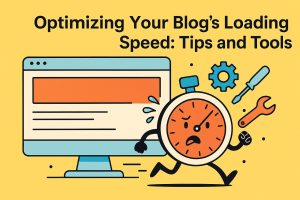Creating Better YouTube B-Roll: Tips for DIY Video Bloggers
You’ve recorded your main footage. Your script is solid. But the video still feels flat. That’s where B-roll makes the difference. It gives your content rhythm, depth, and context—without it, viewers often tune out.
For DIY video bloggers, B-roll isn’t just filler. It shapes pacing, reinforces storytelling, and keeps your edit visually dynamic. Whether you’re working alone or on a small budget, the following tips will help you shoot B-roll that feels intentional and sharp.
1. Know Why You’re Using B-Roll
Before you press record, decide what the B-roll is supposed to do. Ask:
- Does it explain or show what you’re talking about?
- Does it add visual interest during a long voiceover?
- Does it help set mood or environment?
If B-roll has no purpose, skip it. You don’t need endless clips. You need relevant ones.
2. Match Your Narrative
Shoot footage that aligns with your story. If you’re talking about coffee habits, film your morning brew from multiple angles. If it’s about productivity, film your work setup, typing fingers, or planner flips.
Your viewers don’t just want to hear—they want to see.
3. Batch Shoot to Save Time
Shooting B-roll on the go can work, but planning ahead will save hours. Create a shot list based on your talking points. Group similar shots together to streamline your workflow.
For example:
- Work scenes (typing, planning, note-taking)
- Product shots (unboxing, close-ups)
- Lifestyle clips (walking, cooking, commuting)
Batch shooting means fewer resets, consistent lighting, and cleaner transitions.
4. Use Natural Lighting Whenever Possible
Artificial light can work, but daylight often looks cleaner on camera. Shoot near windows or outdoors for softer shadows and better skin tones. Avoid harsh midday sun—shoot early morning or late afternoon for the most flattering look.
If you’re filming indoors, turn off mixed light sources that cast strange color tones.
5. Film in More Than One Angle
Don’t film just one clip and call it done. For a simple action like writing in a notebook, shoot:
- Wide shot (entire desk and hands)
- Overhead shot (bird’s eye view of writing)
- Close-up (pen on paper)
These three clips give you editing flexibility and help maintain visual interest during long monologues.
6. Keep It Steady or Make It Intentional
Shaky footage ruins otherwise usable B-roll. Use a tripod, gimbal, or stack of books to keep your camera steady. If you want handheld motion, keep it intentional—slow, smooth, and stable. Quick jerks and micro-vibrations distract more than they impress.
Even smartphone footage looks professional if it’s held steady and framed with care.
7. Shoot With Edit Points in Mind
Give yourself handles—extra seconds before and after the action—to allow for easier editing. Avoid stopping the recording the moment the action ends. Rolling for a few seconds longer gives you more to work with during cuts.
Also, don’t forget to match the pacing of your main edit. If your talking points are fast-paced, your B-roll shouldn’t drag. Use an online stopwatch while shooting to time 3–5 second segments that match your edit rhythm.
8. Get Creative With Everyday Objects
You don’t need a studio. B-roll thrives on creative framing and context. Shoot transitions using a book close, a hand swipe, or walking past the camera lens. Everyday motions become storytelling devices when filmed with care.
Need background movement? Film traffic, a flickering candle, or coffee steam. Simplicity often wins.
9. Use Slow Motion Selectively
Slow motion works great for emphasis, especially when you want viewers to notice subtle details: a product unboxing, the flip of a page, a water pour.
But don’t overuse it. One or two slow-mo clips per video keep the effect fresh and impactful. Make sure your camera supports higher frame rates (60fps or 120fps) to avoid choppiness when slowing down.
10. Edit With Music and Rhythm in Mind
Good B-roll doesn’t live on its own. It supports your voiceover, your message, and your music.
When editing, drop the B-roll in sync with beat drops or pauses in speech. Use jump cuts, match cuts, or speed ramps to add character. B-roll should breathe with your story, not interrupt it.
Bonus Tips for Better B-Roll Footage
- Shoot more than you need. You’ll never regret extra footage.
- Keep your gear ready. Moments worth filming come fast—don’t miss them digging for batteries.
- Clean your lens. It matters.
- Use manual focus when possible. Prevent pulsing and shifting during key shots.
- Silence notifications. Vibration can ruin audio and stability.
B-roll isn’t an afterthought. For solo creators, it’s your second narrator. It speaks visually where words fall short. By staying intentional, using smart timing, and shooting with structure, your content gains polish without needing big budgets or teams.
Your camera’s already capable. The story just needs better coverage.














Post Comment